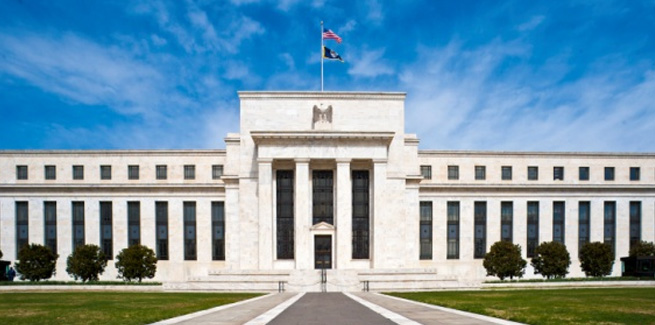The US Federal Reserve (the Fed) has cut its funds rate for the third time in three months, lowering it by a further 25bps to a range of 1.5 to 1.75 per cent.
According to AMP Capital’s chief economist, Shane Oliver, the Fed’s rate cuts have been targeted at reducing threats posed by the US-China trade war.
“While US growth is still good, as with the July and September rate cuts, the Fed’s latest move is basically insurance against the threats to the US outlook from the trade war and slower global growth at the same time that inflation is still running just below target,” he said.
“The current easing cycle remains a bit like the Fed easing of 1987 after the share market crash, 1995-96 and in 1998 after the LTCM hedge fund crisis – that saw the Fed cut interest rates by [75bps] despite solid growth in order take out insurance in case there was a deeper downturn.”
Mr Oliver said it is likely that the Fed is “at or close to the bottom on rates”, adding that the recent “trade truce” between the US and China has a greater chance of success, given President Donald Trump’s desire to keep the US economy strong ahead of the 2020 presidential election.
However, the economist noted that further reductions from the Fed could undermine the Reserve Bank of Australia’s (RBA) cuts and thwart its plans to “make assured progress towards full employment” by inflating the Australian dollar.
“The Fed’s further easing along with stimulus elsewhere globally should help support global growth, which is good for Australia, [but] a concern for the RBA is that with the Fed easing, the interest rate gap between Australia and the US looks like it might be bottoming,” he said.
“[If] it starts turning up — particularly if the Fed eases further and the RBA doesn’t — then it could put upwards pressure on the value of the Australian dollar, which could offset part of the RBA’s monetary easing this year.
“In fact, the [Australian dollar] is already up more than 3 per cent from its recent low and is breaking above US$0.69.”
As a result, Mr Oliver expected further monetary policy easing from the RBA.
“[This] is another reason to expect further RBA monetary easing, despite recent signs that the RBA is not in a rush to ease despite another low inflation reading for the September quarter,” he said.
However, according to ANZ Research, the RBA is likely to hold-off on cutting rates next week amid positive labour market and inflation data.
The RBA’s monetary policy board meets next on Tuesday (5 November).
[Related: November cut ‘materially less probably’]
 ;
;
